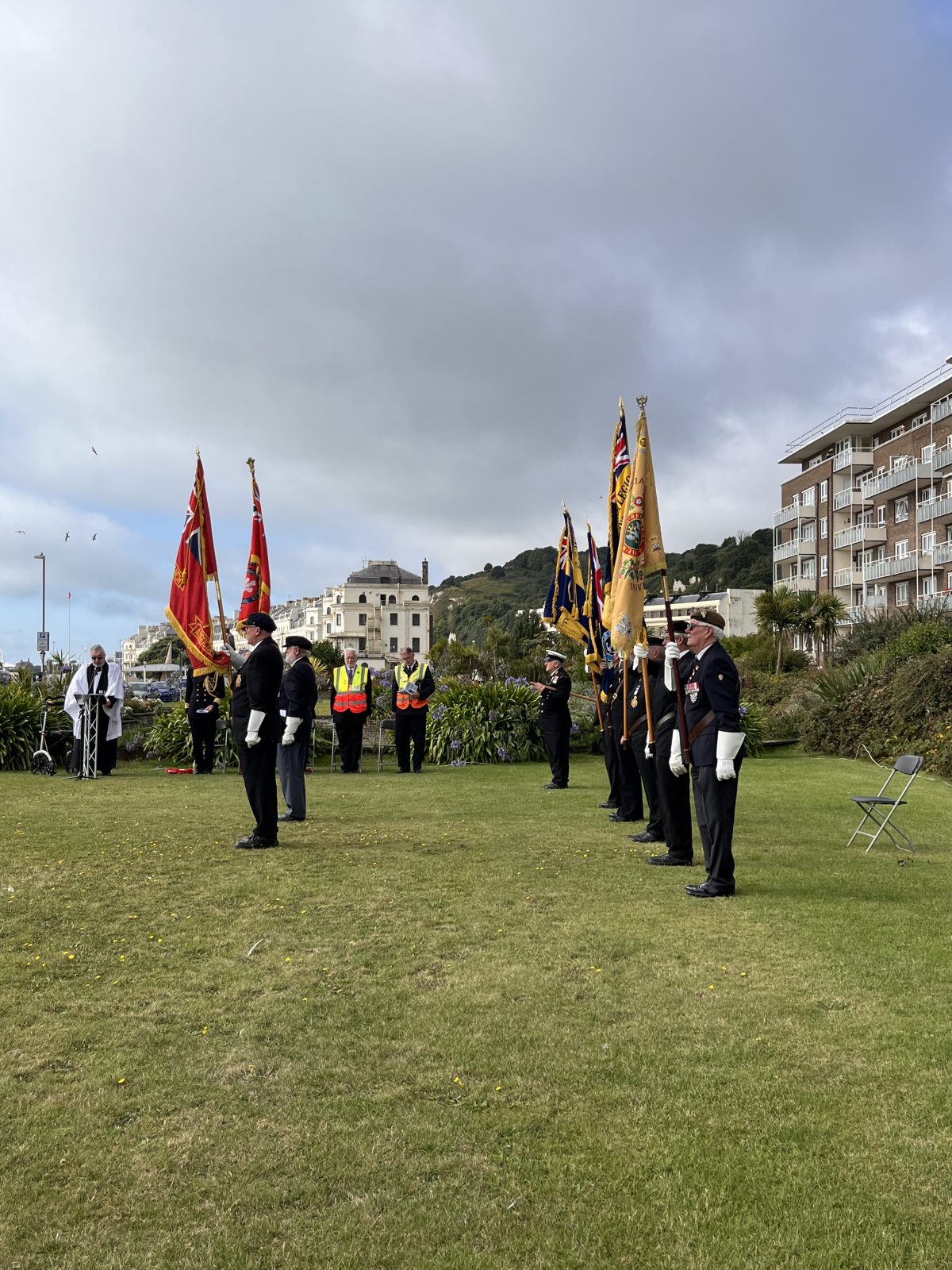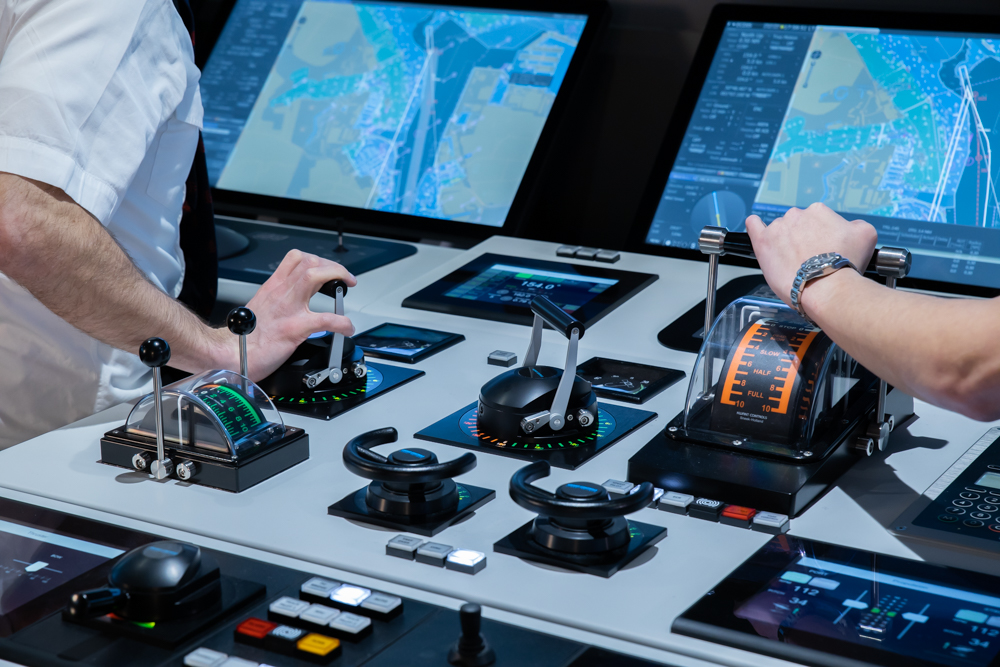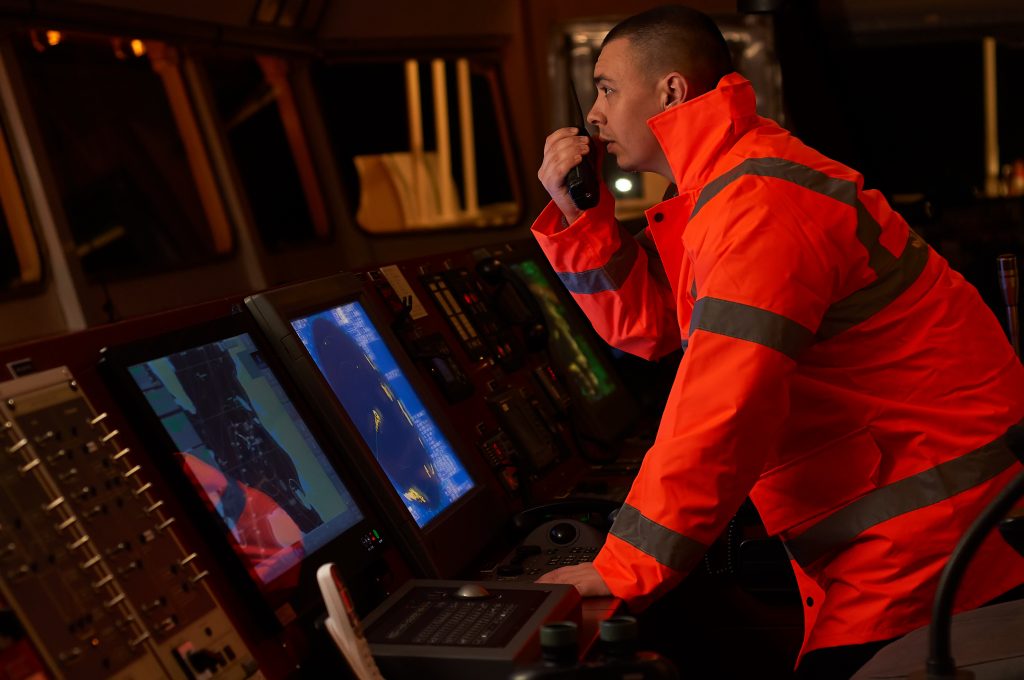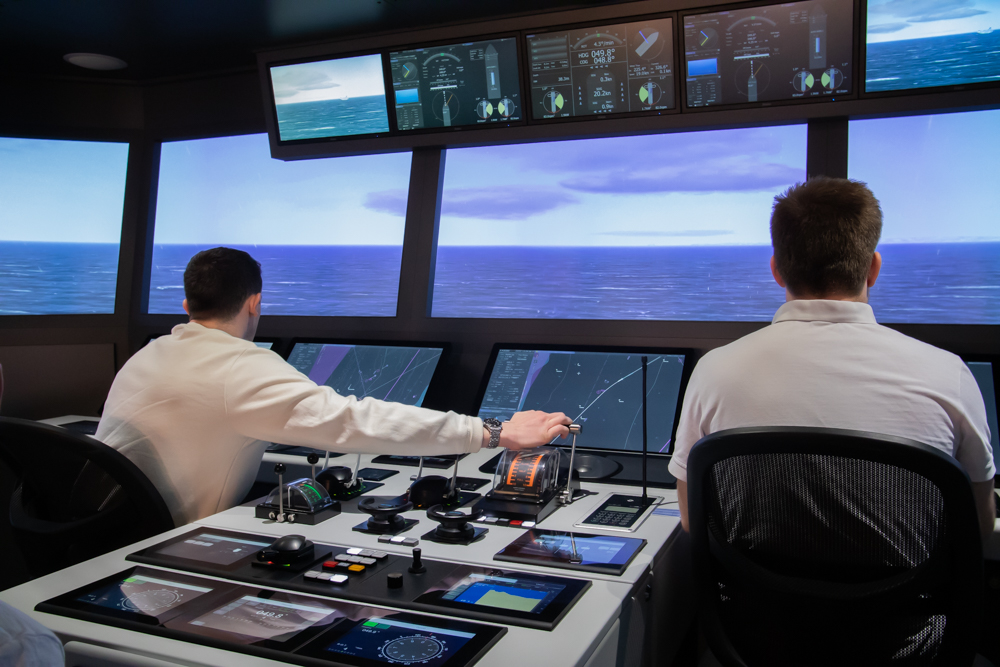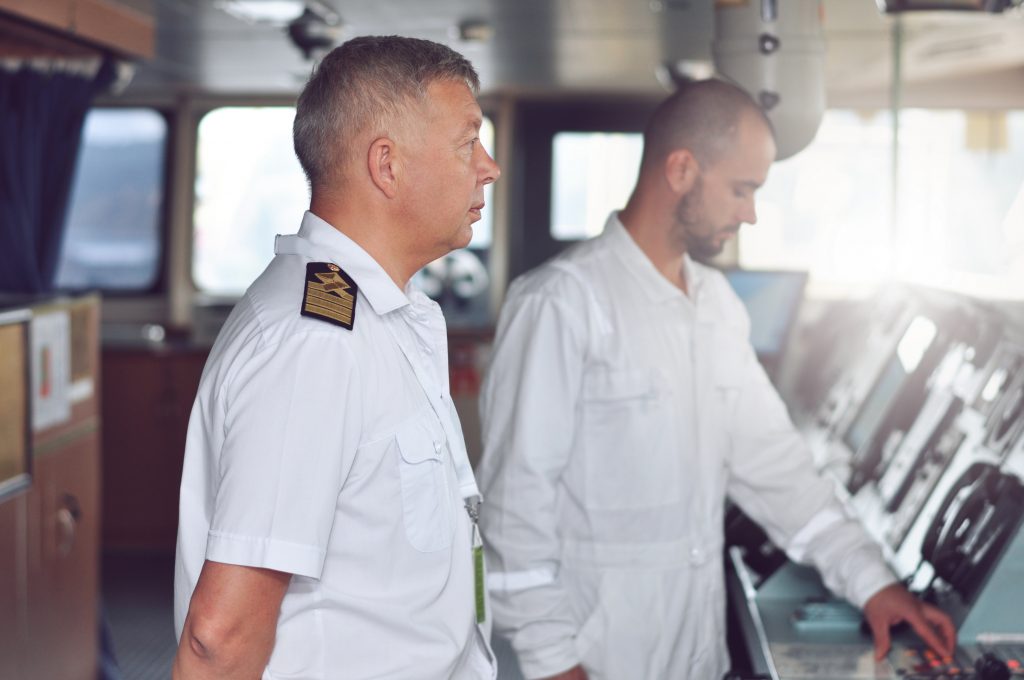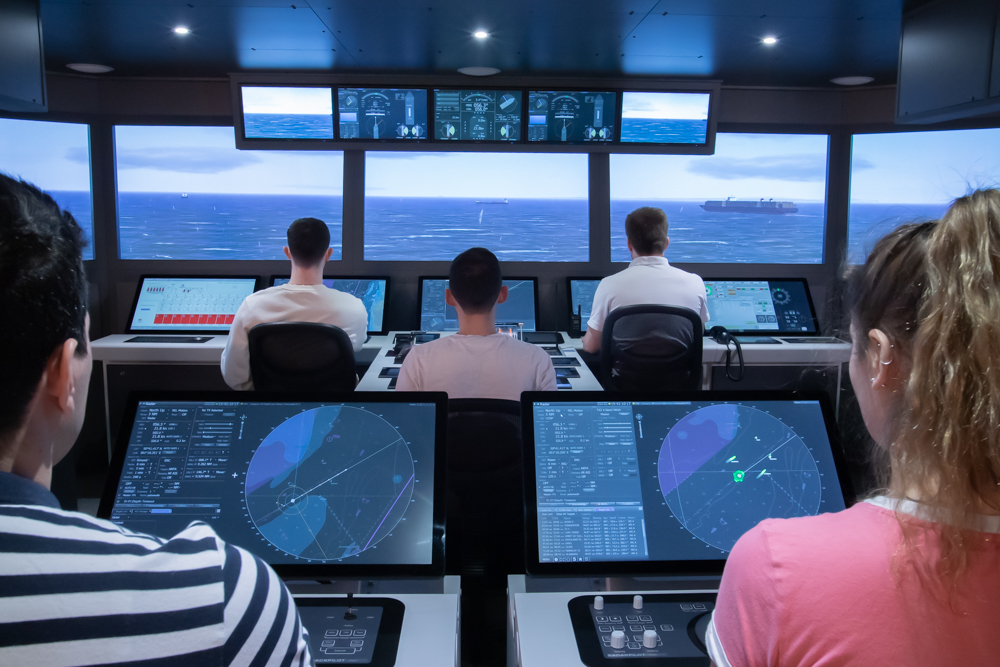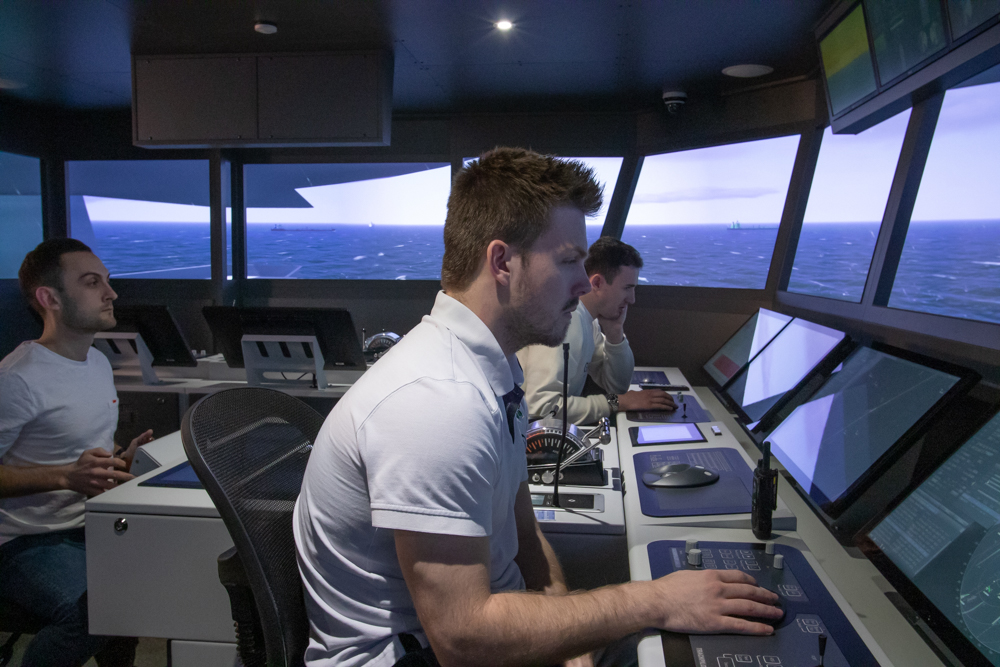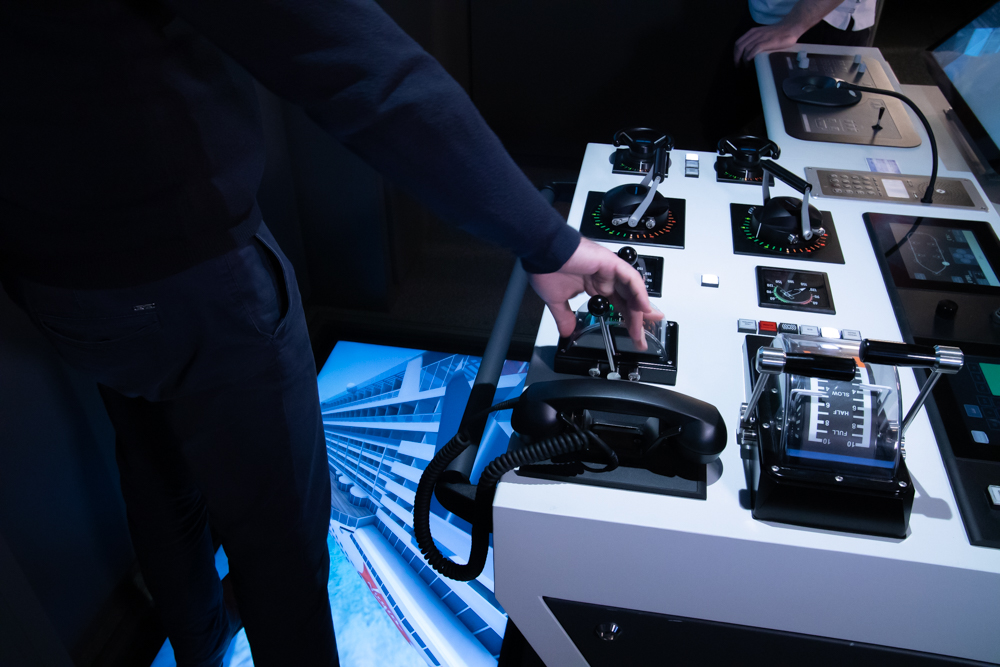Once again, Viking Maritime Group Chairman and Founder, Dieter Jaenicke will be attending the Merchant Navy Day event on Dover Seafront.

This year marks the 10th annual campaign, Fly The Red Ensign, a movement instigated by Seafarers UK to raise awareness and show appreciation for merchant seafarers.
What is Merchant Navy Day?
The 3rd of September is a day dedicated to the remembrance of merchant seafarers affected by the tragedy of the Second and First World Wars.

Merchant Navy Day is also a time to remember those who still provide us with a service we could not live without.
“With over 95% of goods transported in the UK by sea, today, we continue to rely on seafarers onboard Merchant Navy ships to keep us fed, fuelled and supplied.”
So, if you are able to, fly the red ensign this year and show your appreciation for the service and sacrifice of the seafarers of the Merchant Navy.
